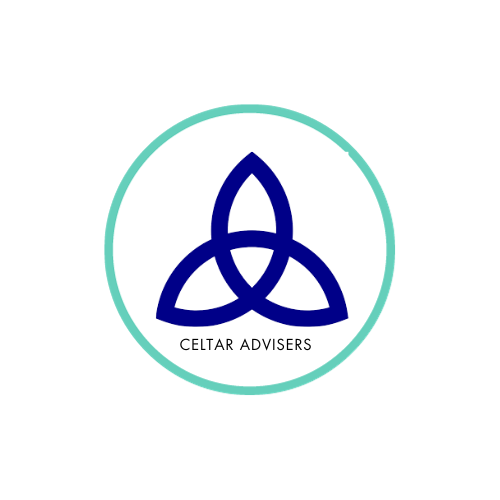What! Writing about sales letters in this era of digital marketing? Advice for Irish SMEs
Yep, the art of writing sales letters still has value – a targeted well thought out and customer specific letter stands out from instantly disposable email. To a customer it demonstrates that an effort has been made in communicating with them, that their business is valued. It also assists you in defining your sales pitch and encourages a focus on the requirements of a potential customer.
I find that talking about writing a sales letter is much easier then writing one. What sounds good and flows well when I speak can look disjointed when it is put on paper. So here are a few thoughts and tips harvested from a cross section of consultants and sales experts (and my experience) on how to create an effective sales letter.
Most of what follows is relevant to all sales letters, but not all. What tips you take on board depend on your target audience and your relationship with them. For example, is it a large mail out or to a targeted small group? Are the recipients potential new customers or have they bought from you before?
And, what response rate do you anticipate, set a figure as a target so you can monitor and make improvements to the letter next time it is sent out.
Think of who it is written for, think of yourself as the recipient, the customer. What does the customer want to know – not what you want to say. You have one page to meet your customer’s needs and desires, not how his business is good for your business.
Structure, every letter should have a beginning, a middle and an end. In the introduction you state why you are sending him the letter. In the middle or body of the text, you are making your pitch, why should he be interested in you. And at the end or conclusion of the letter you summarise how it makes sense for him to buy from you.
Make the letter easy to read. Don’t overcomplicate your message
- Write in a conversational style
- Use short sentences
- Compose short paragraphs and use bullet points
- Read and edit, and read and edit the letter, ask a colleague to proof it for you. (Your company’s credibility and the effectiveness of the letter are damaged by poor spelling and grammar).
- Make the layout simple and easy to follow
Capture the attention of your reader. Highlight a benefit in the opening line. Use headlines and bold font to present important information.
Establish credibility, and be believable by the second paragraph. This is where you explain who you are, why the customer should be interested in you and what you have to offer.
Get your reader interested. Involve the reader in the letter by bringing it to life with interesting information, a quote from another customer. Write in an active voice. Use a PS. at the end to highlight some additional benefit or feature.
Make your readers want your product or service. Answer their question “what’s in it for me?” Your letter may stand out by not selling but by clearly demonstrating the benefits of your offer. Even in B2B people do not buy products or services but benefits.
Ask your readers to take action. Potential customers won’t know what you want unless you tell them what to do next. If you want them to call you, say that in your letter and provide your number and email address. If you want them to visit your premises, invite them to call in and give them clear directions and specific office hours. Or, say you’ll follow up with a phone call or send more material. Then, of course, make sure you do.
Urge them to take action right away, the longer it takes them to respond the less likely you’ll hear from them
And include an incentive. After explaining when, why and how customers should act. Then, include an incentive for acting sooner, such as a discount, special offer or something free (such as a short IT audit, maintenance site visit, outline design, or business consultation).
Relationships. Don’t get too caught up in pushing services or products. You want to develop a long-term relationship with the customer, not pressure him into one discounted sale. Use your letter to explore whether you can solve customer problems or meet needs. Try to build a relationship that will last into the future.
Test. Test. Test. When you’re planning a bulk mailing send out a few versions of the sales letter to small groups of targets. Then see what attracts the most response.
END
